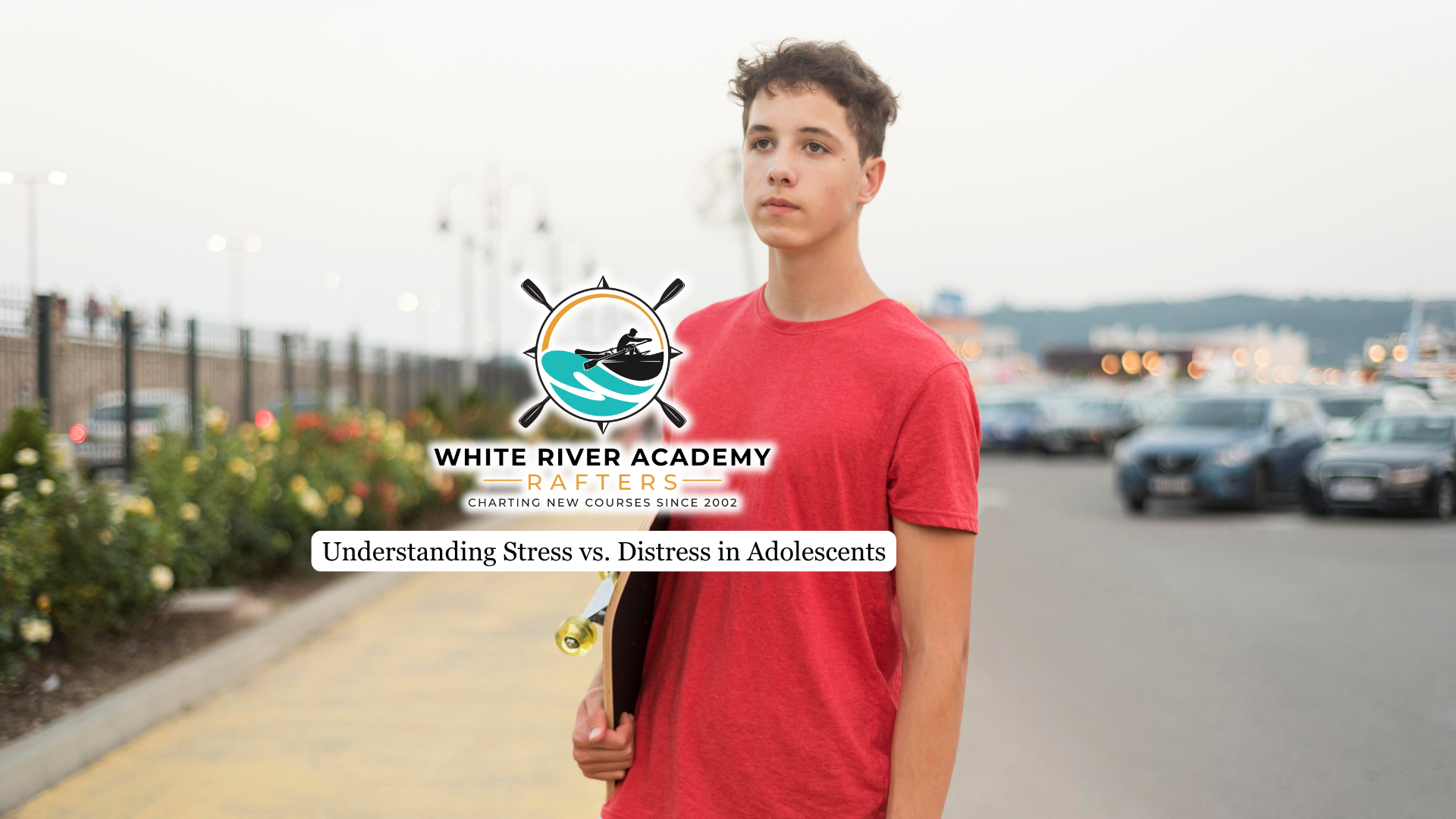The concept of “gateway drugs” has been widely studied in adolescent health and addiction science. These substances—typically alcohol, tobacco, and marijuana—are often the first drugs experimented with by young people and are associated with increased risk for subsequent use of more dangerous illicit substances. The effects of gateway drugs on teens extend beyond initial experimentation, influencing brain development, mental health, academic achievement, social relationships, and long-term addiction risk.
This article explains what gateway drugs are and how their use can affect your adolescent son’s health, behavior, and future.
What Are Gateway Drugs?
Gateway drugs are substances that are commonly used first in the sequence of drug experimentation and are associated with an increased likelihood of progressing to more harmful or illicit drug use.
The most frequently cited gateway drugs are alcohol, tobacco, and marijuana. The “gateway hypothesis” suggests that early exposure to these substances increases vulnerability to later use of drugs like cocaine, heroin, and methamphetamine, partly due to changes in brain circuitry and increased social exposure to drug-using peers.
If you’re concerned about your son’s exposure to gateway drugs, our therapeutic boarding school in Delta, UT, offers evidence-based substance addiction treatment tailored specifically for adolescent boys.
5 Ways Gateway Drugs Can Affect Your Teenage Boy
Physical and Neurological Impact on Developing Brains
Adolescence is a period of rapid brain development, particularly in regions involved in decision-making, impulse control, and emotional regulation. Introducing gateway drugs during this time can disrupt normal neurodevelopment. Neuroimaging studies have shown that early marijuana and alcohol use is associated with reduced gray matter volume, impaired working memory, and altered brain connectivity. These changes may be permanent and are linked to deficits in attention, learning, and executive function.
Adolescents who used gateway drugs were up to 266 times more likely to develop substance use disorders later in life compared to non-users. Early substance use increases vulnerability to addiction by altering dopamine pathways and weakening the brain’s natural reward system, making it harder to experience pleasure from non-drug activities.
Mental Health Consequences and Emotional Development
The use of gateway drugs during adolescence is strongly associated with increased rates of depression, anxiety, and other mood disorders. Early substance use can impair emotional regulation, leading to higher impulsivity and poorer stress management. Teens who use marijuana or alcohol are more likely to develop psychiatric comorbidities and have greater difficulty recovering from mental health issues. The risk of suicidal ideation and attempts is also higher among youth who engage in early substance use.

Academic Performance and Educational Outcomes
Substance use during adolescence is linked to poorer academic performance, lower grades, and higher rates of school dropout. Marijuana use, for example, has been found to double the risk of academic problems and increase the likelihood of dropping out by up to five times.
Alcohol and nicotine also impair cognitive functions such as memory and attention, making it harder for teens to learn and retain information. Studies show that 31.4% of 12th-grade-aged dropouts report using illicit drugs, highlighting the strong link between substance use and educational disengagement.
Social Relationships and Peer Influence
Adolescents who use gateway drugs are more likely to experience strained relationships with family, friends, and teachers. Substance use often leads to social withdrawal, secrecy, and increased association with peers who also use drugs, reinforcing risky behaviors.
Peer influence is a significant predictor of adolescent drug use, and being part of a substance-using social group increases the likelihood of continued and escalated use. This social environment can further isolate teens from positive influences and support systems.
Long-term Risk of Addiction and Substance Abuse Patterns
Early experimentation with gateway drugs is a strong predictor of later substance abuse and addiction. Teens who use marijuana, alcohol, or nicotine are significantly more likely to progress to the use of harder drugs, such as cocaine or opioids, and to develop polydrug use patterns.
The earlier the age of first use, the greater the risk for chronic substance use disorders and related health complications—including mental illness, cardiovascular disease, and reduced life expectancy.
The Role of Family and Environmental Factors
Family environment, parental monitoring, and communication play a crucial role in shaping adolescent substance use behaviors. Strong parent-child relationships, clear expectations, and consistent monitoring are protective against early substance use.
Conversely, exposure to family conflict, parental substance use, or lack of supervision increases the risk of gateway drug initiation.
Prevention and Early Intervention Strategies
Effective prevention strategies include school-based education programs, community interventions, and family-based approaches that emphasize skill-building, resilience, and healthy decision-making. Early identification of at-risk youth and timely intervention can significantly reduce the likelihood of progression to more serious substance use and associated harms.
Societal and Economic Consequences
The societal impact of adolescent gateway drug use extends beyond the individual. Increased healthcare costs, reduced workforce productivity, and higher rates of crime are among the long-term economic burdens associated with early substance use. Public health initiatives aimed at reducing youth exposure to gateway drugs have demonstrated cost-effectiveness in improving community health outcomes.
Final Thoughts from White River Academy
Gateway drugs can have lasting effects on adolescent boys—altering brain development, damaging mental health, and increasing the risk of future substance addiction. The evidence is clear: early prevention, family involvement, and targeted interventions are critical to protecting teens from the lifelong consequences of early drug use.
At White River Academy, we offer specialized substance addiction treatment in Utah designed to meet the unique needs of your teenage boy. Our evidence-based approach combines individual counseling, group therapy, academic support, and family involvement to promote long-term recovery. In our structured, therapeutic environment, students learn to identify triggers, manage cravings, and develop healthy coping strategies for life beyond addiction.




